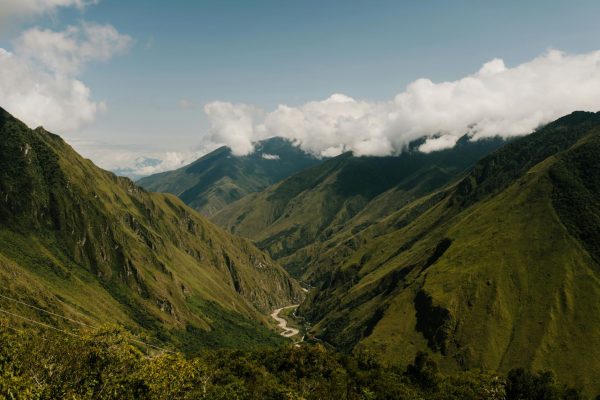
When you roast coffee, you unlock a story that began years earlier in soil, sun, and rainfall. Every origin carries its own fingerprint of climate and geography, and these factors ripple through the bean until they are transformed in your roaster. Let’s break down the key growing conditions that shape green coffee before it ever reaches your door.
Altitude and Temperature
Altitude is one of the most talked-about variables in coffee, and for good reason. Higher elevations generally mean cooler nights, slower cherry maturation, and denser seeds. Denser coffee often roasts more evenly and develops greater complexity, with sharper acidity and layered flavor notes.
At lower altitudes, faster cherry development leads to softer beans with more muted acidity but rounder body. Think classic Brazilian naturals. For roasters, knowing altitude is not trivia. It is a cue for heat application and development time during roasting.
Soil Composition and Fertility
Coffee roots are picky. Volcanic soils in Guatemala or Kenya provide rich mineral content that feeds plant health and supports distinct flavor clarity. Sandy or clay-heavy soils, by contrast, drain and retain water differently, affecting nutrient uptake and cherry consistency. Even within one farm, micro differences in soil can lead to cup variation that a roaster will notice on the cupping table.
Rainfall and Water Stress
Coffee requires a Goldilocks approach to water. Too little, and the plants suffer. Too much, and cherries are prone to disease or swelling that dilutes flavor. Consistent rainfall creates uniform flowering and cherry ripening, while erratic rainfall can stagger harvests and complicate processing. Controlled water stress at certain stages can even increase sugar concentration in cherries, which translates into sweetness and complexity.
Sunlight and Shade
Direct sun accelerates growth and can lead to higher yields, but it often comes at the cost of nuanced flavor. Shade-grown coffee, especially under mixed agroforestry systems, tends to ripen more slowly, concentrating sugars and creating more balanced acidity. Shade also moderates microclimates, protects biodiversity, and improves soil health. These are all factors that roasters who care about sustainability should keep in mind.
Microclimates and Terroir
Terroir is not just for wine. A valley protected from wind, a ridge that catches mist, or a farm near a forest edge can all create microclimates that alter flavor expression. This is why two neighboring farms at the same elevation can produce radically different coffees. For roasters, this means origin descriptions are not just marketing. They are signals about potential flavor outcomes.
Processing and Its Interaction with Environment
Processing is often treated as separate from growing conditions, but the two are intertwined. Climate affects drying speed. Hot, dry regions like Ethiopia’s Sidama can support traditional sun-drying, while wetter regions rely on mechanical dryers or controlled fermentation tanks. How the environment allows or constrains processing shapes the flavors you will find in the green coffee you buy.
Why This Matters for Roasters
Understanding growing conditions is not about memorizing trivia. It is about roasting with intention. A high-altitude washed Ethiopian demands a different approach in the drum than a low-altitude natural Brazil. Soil, rainfall, and shade are not abstract. They are forces that shape the bean density, sugar levels, and moisture you face when roasting.
At ICT, we source with growing conditions in mind so that when you order from us, you are not just getting green coffee. You are getting the result of years of careful farming, microclimates, and processing choices that we understand and can help you navigate. Whether you are looking for high-altitude lots with bright acidity or lower elevation lots with deep sweetness, our team can connect you to the right coffees and share the context behind them.
